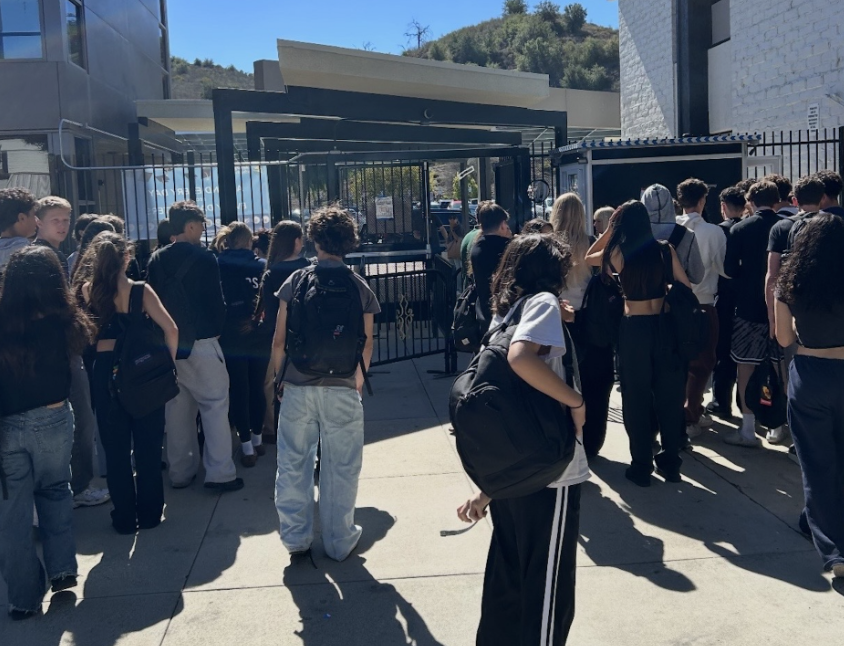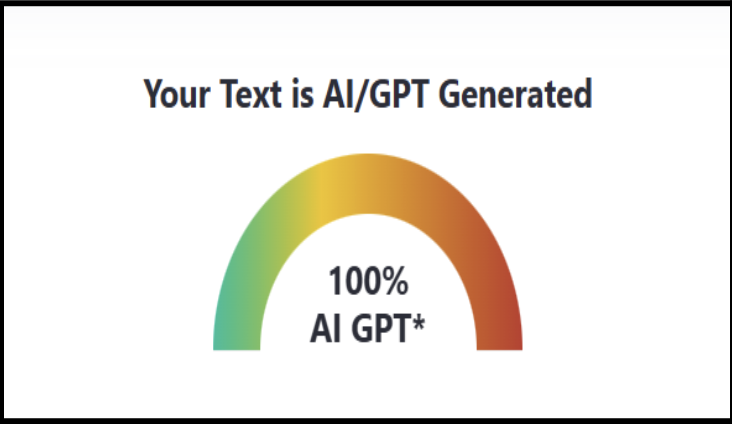Valentine’s Day is commonly accompanied with a bouquet of roses, a box of chocolates and an eager phone call proposing a date. These days, however, the repetitive trill of a ringing telephone has been replaced by the simple “ping,” alerting one of a text message, Facebook message, tweet or email. While these relatively new technological advances are fast and convenient, they can be detrimental when trying to pursue romantic endeavors. Technology can bring danger to any relationship because identity is ambiguous when one is hidden behind a computer screen. Also, miscommunications are common when interacting through social media. The emotional connection necessary to create a successful relationship is difficult to achieve through technology rather than a face-to-face meeting.
One of the most alluring characteristics of social media is that one can become whoever they please; however, this can also be one of the most dangerous. Despite how safe the Internet may seem, a network or app such as Facebook or Tinder can be deceiving. So, as attractive as that 17-year-old boy’s profile picture may be, he could really be a 40-year-old man. Say “G2G” to that one.
“Even though the flirtatious mystery of chatting with someone online can be fun, it can be very dangerous,” said junior Emilee Sturm. “Since you cannot physically see the person, knowing the difference between the truth and a lie is almost impossible.”
Even with the most stable and open relationships, a simple miscommunication can inflict significant damage. When speaking to someone in person, his or her body language, facial expressions and tone all play large roles in a conversation. Because a message via a cell phone or computer cannot speak with the intended voice, people can easily misunderstand a message. For example, trying to ask someone on a date by texting “what are you doing tonight?” can easily be misinterpreted as a casual question, consequently landing one in the infamous friend-zone.
As sweet as an “I love you” text or emoticon of a heart can be, these seemingly loving gestures are only pixels on a screen. Without the guilt of looking someone in the eye while professing false emotions, people can string others along online. According to Reuben J. Thomas, assistant professor of sociology at the City University of New York, even if one uses a professional dating website only approximately 20 percent of the potential relationships are successful. The emotional connection between two people necessary for a relationship to work can only be achieved through direct interaction.
When attempting to get the perfect date this Valentine’s Day, remember that an audible laugh and visible smile are always better than an LOL. While keeping in touch and talking often is beneficial, the most important words should be spoken out loud, not texted or typed on a keyboard.
Written by Cydney Hayes – Staff Writer
The date is Feb. 13. Teenagers across the country are franticly glancing at their iPhones, incessantly refreshing their Facebook feeds and hopelessly checking their instant messages as the clock ticks closer to midnight. Finally, their phones ring and their faces fill with relief. The message has finally come in the form of a glowing text: “Will you be my Valentine?” All is well.
With modern technology, teenagers are able to instantaneously communicate with each other, allowing relationships to develop quicker. As the school year continues to become more stressful and burdensome, teens are able to lean on each other for support. Instead of limiting conversations to hallways and lunch tables, cell phones, laptops and tablets allow constant communication. Also, the benefit of being behind a computer screen means that more people will have the courage to pursue their romantic interests. Teenagers who would otherwise be afraid of rejection are able to tell their crush their true feelings without worrying about face-to-face embarrassment.
“I definitely think technology has a positive impact on relationships because people are able to form closer connections through increased communication,” said senior Niamh Grunfeld.
Contrary to popular belief, studies have shown that technology can positively affect teens. According to Common Sense Media’s Program for the Study of Children and Media, 15 percent of teenagers say that social networking sites make them feel better about themselves, 52 percent say that social networking has strengthened their relationships and 29 percent say that social networking has made them more outgoing.
Current apps like Tinder, Gowalla and Four Square make communicating easier than ever before. Teens are now able to find new friends with the click of a button. Instead of being limited to their cliques at school, students are now able to branch out and expand their social groups. Tinder, an app aimed at teens and college students, matches potential romantic interests by age, location and personality. Without leaving their rooms, teens are able to make new friends or even find the perfect Valentine. Apps like Seesmic, Imo Instant Messenger and Meebo consolidate social networking sites to one screen, which allows teens to quickly organize all of their Facebook, Twitter and Tinder notifications.
Technology assists teens in creating and maintaining long distance relationships. While teens from earlier generations had to rely on phone calls and letters, today’s teenagers are able to Skype, instant message and send pictures instantly. Now, long distances can no longer be excuses for breakups.
With the variety of technological resources available to teens, everyone has the opportunity to share this Valentine’s Day with someone special.
Written by Allie Barnes – Staff Writer








